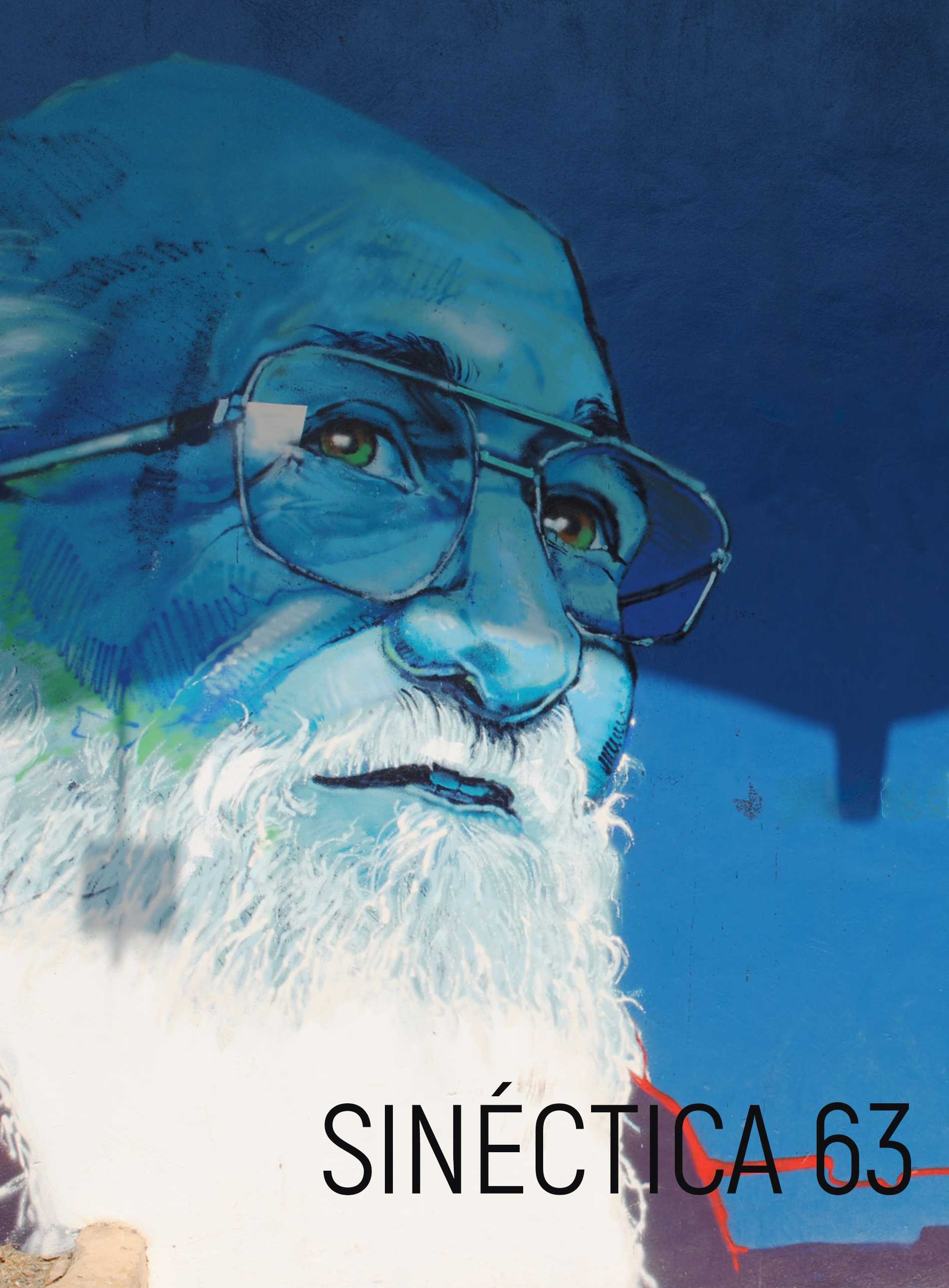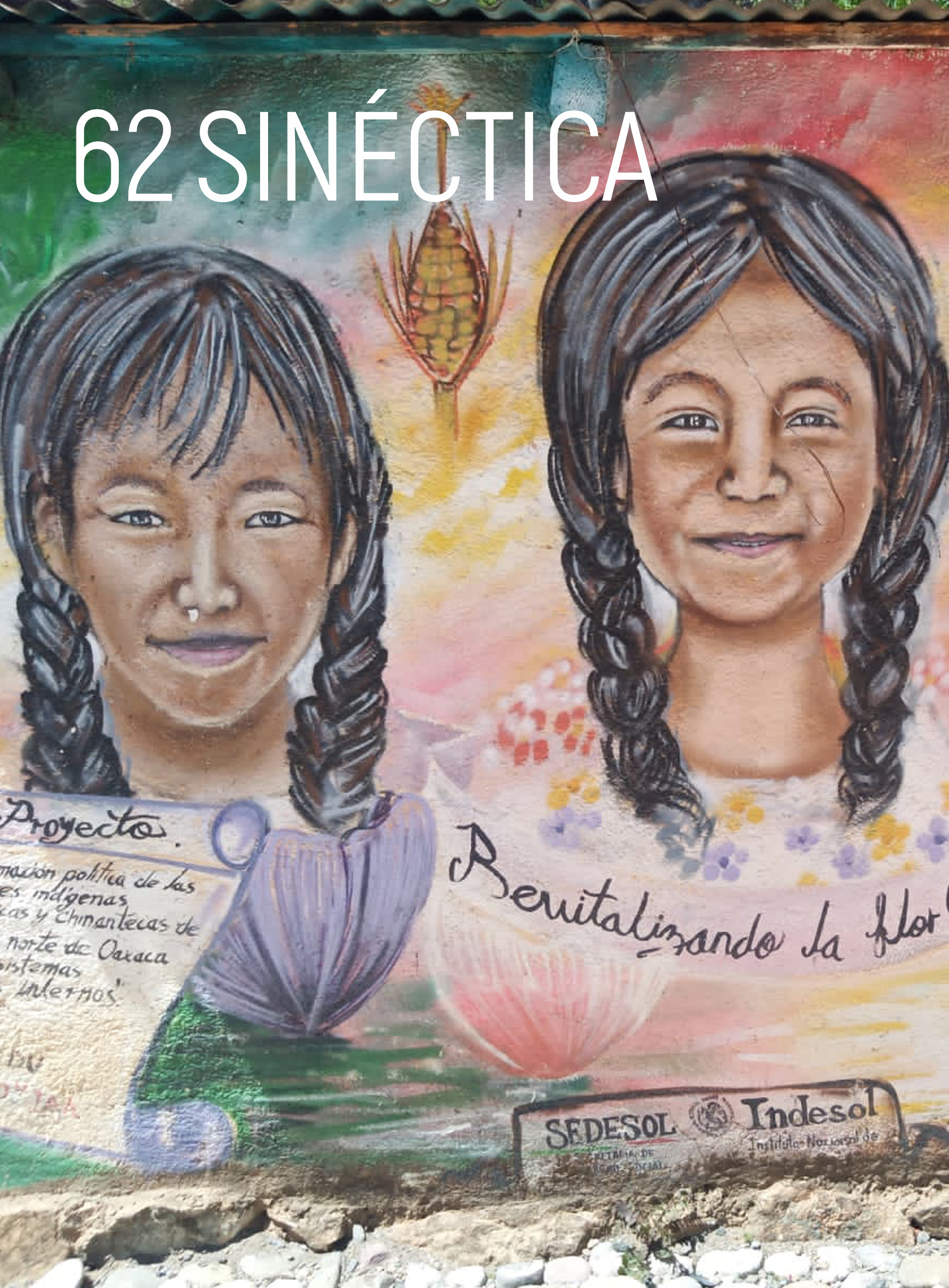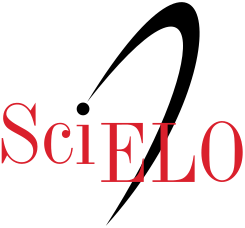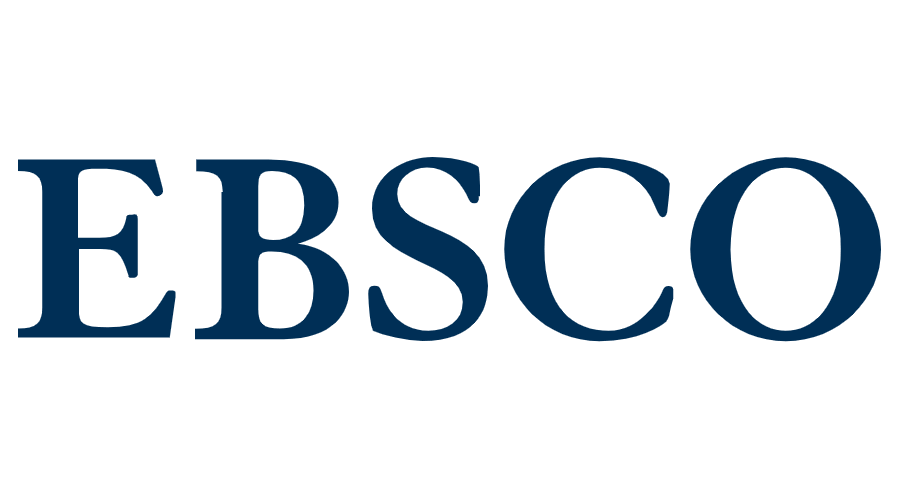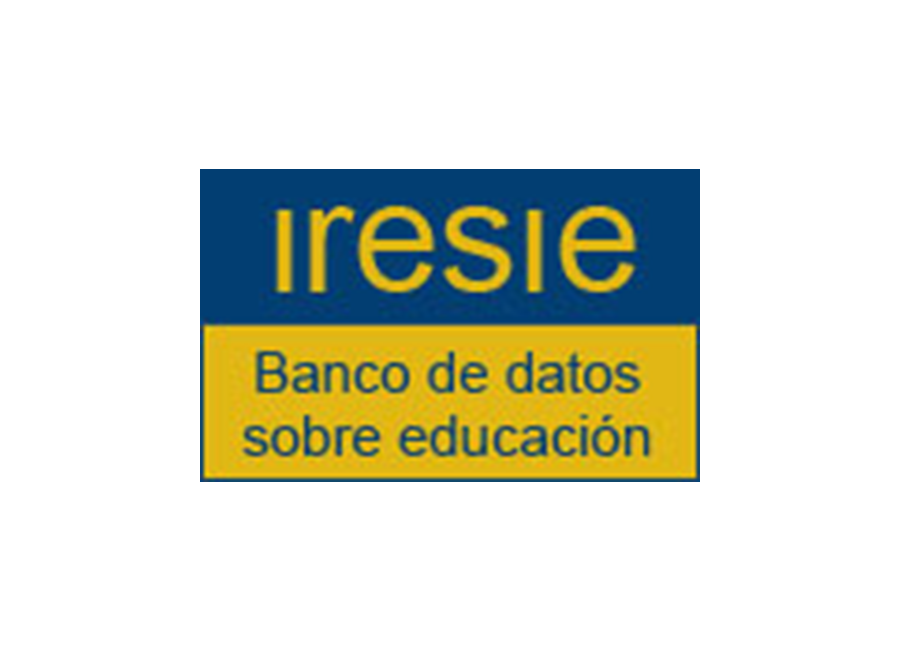The construction of historical thinking in upper secondary level: A didactical proposal for teaching History
DOI:
https://doi.org/10.31391/S2007-7033(2022)0058-011Abstract
This article is a proposal for teaching History of Mexico II at the upper secondary level; in this respect, a didactic sequence was designed that aims to promote historical thinking in the student based on the theorical typologies of Santisteban (2010). To conform it, a methodology was used that linked the principles of meaningful learning by Ausubel, Novak y Hanesian (1983) and the five dimensions of learning by Marzano and Pickering (2005); the principal basis was the New Curriculum for Higher Secondary Education. Likewise, the programming established by the General Directorate for the upper secondary was followed in relation to the subject of History of Mexico II, during the period of 1857-1876. As a finding, it is observed that to form a historical thinking in the student, the integration of the theory of meaningful learning and the dimensions of learning are relevant; the above, affects the rote learning of the subject of history and proposes to move on to the formation of cognitive structures, that allow the construction of a historical-temporal consciousness in the student.
Downloads
References
Arteaga, B. y Camargo, S. (2014). Educación histórica: una propuesta para el desarrollo del pensamiento histórico en el plan de estudios 2012 para la formación de maestros de educación básica. Tempo e Argumento, vol. 6, núm. 13, pp. 110-139. https://doi.org/10.5965/2175180306132014110
Ausubel, D., Novak, J. y Hanesian, H. (1983). Psicología educativa: un punto de vista cognoscitivo. México: Trillas.
Chartier, R. (2007). La historia o la lectura del tiempo. Barcelona: Gedisa.
Díaz-Barriga, Á. (2013). Secuencias de aprendizaje ¿un problema del enfoque de competencias o un reencuentro con perspectivas didácticas? Curriculum y formación de profesorado, vol. 3, núm. 17, pp. 11-33. https://www.redalyc.org/articulo.oa?id=56729527002
Díaz-Barriga Arceo, F. y Hernández Rojas, G. (2006). Estrategias docentes para un aprendizaje significativo. México: McGraw-Hill.
García Rivera, E. L. (2019). Sin medios de negociación. Las insurrecciones de indios en Sonora, 1855-1859. Estudios de Historia Moderna y Contemporánea de México, núm. 57, pp. 101-132. https://doi.org/10.22201/iih.24485004e.2019.57.68017
García Rivera, E. L. (2011). Objeto de aprendizaje para el estudio de la historia en bachillerato. Tesis de maestría. Universidad Pedagógica Nacional, Sonora, México.
García Ugarte, M. E. (s.f.) Reacción social a las leyes de Reforma (1855-1860). https://archivos.juridicas.unam.mx/www/bjv/libros/7/3100/25.pdf
Granata, M. y Barale, C. (2001). Problemas epistemológicos en el conocimiento social e histórico. Sus implicaciones en la enseñanza. Fundamentos en Humanidades, vol. 3, núm. 1, pp. 59-77. https://www.redalyc.org/articulo.oa?id=18400302
Marzano, R. y Pickering, D. (2005). Dimensiones del aprendizaje. Manual para el maestro. Guadalajara, Jalisco: ITESO.
Lamoneda Huerta, M. (1998). ¿Cómo enseñamos historia en el nivel medio superior? Revista Mexicana de Investigación Educativa, vol. 5, núm. 3, pp. 101-112. https://www.redalyc.org/pdf/140/14000506.pdf
Latapí Escalante, P. (2018). Aportes de la filosofía, la antropología, la psicología y la neurociencia al teatro histórico como ámbito de la enseñanza: el caso del Segundo Imperio mexicano. Tesis doctoral. Universidad Autónoma de Barcelona.
Ogle Donna, M. (1986) K W L: A Teaching model that develops active reading of expository text. The Reading Teacher, vol. 39, núm. 6, pp. 564-570. https://www.jstor.org/stable/20199156
Pozo, J. (1997). Teorías cognitivas del aprendizaje. Madrid, España: Morata.
Prats, J. (2017). Retos y dificultades para la enseñanza de la historia. En S. Camañanes, J. Molero y D. Rodríguez. La historia en el aula: innovación docente y enseñanza de la historia en educación secundaria (pp. 15-32). España: Milenio.
Prats, J. (2000). Dificultades para la enseñanza de la historia en educación secundaria. Teoría y Didáctica de las Ciencias Sociales, núm. 5, pp. 78-91. https://www.redalyc.org/pdf/652/65200505.pdf
Prats, J., Santacana, J., Lima, L., M. A., Carretero, M., Miralles, P. y otros (2011). Enseñanza y aprendizaje de la historia en la educación básica. México: Secretaría de Educación Pública.
Miguel-Revilla, D., Calle-Carracedo, M. y Sánchez-Agustí, M. (2020). Uso de la evidencia y significatividad histórica en la enseñanza de la transición española mediante un entorno digital de aprendizaje. Revista Educatio Siglo XXI, vol. 38, núm. 3, pp. 255-274. https://doi.org/10.6018/educatio.452901
Koselleck, R. (1993). Futuro pasado. Para una semántica de los tiempos históricos. Barcelona: Paidós.
Rodríguez, M. L. (2011). La teoría del aprendizaje significativo: una revisión aplicada a la escuela actual. Revista Electrónica de Investigación e Innovación Educativa, vol. 3 , núm. 1, pp. 29-50. https://dialnet.unirioja.es/servlet/articulo?codigo=3634413
Sánchez, S. (2017). Los contenidos de aprendizaje. México: UAMEX.
Santisteban Fernández, A. (2010). La formación de competencias de pensamiento histórico. Clío & Asociados, núm. 14, pp. 34-56. https://www.memoria.fahce.unlp.edu.ar/art_revistas/pr.4019/pr.4019.pdf
Secretaría de Educación Pública (2018). Nuevo Currículo de Educación Media Superior. sems.gob.mx/work/models/sems/Resource/12499/ciencias_sociales_bt.pdf
Seixas, P. & Morton, T. (2013). The big six: Hstorical thinking concepts. Toronto, Canadá: Nelson Education.
Subsecretaría de Educación Media Superior (2018). Programa de Historia de México II de la Dirección General de Bachillerato: dgp.sep.gob.mx.
Villoro, L. (2005). El sentido de la historia. En L. Villoro. Historia ¿para qué? (pp. 35- 52). México: Siglo XXI.
Zabalza, M. (2004). "Los contenidos". Diseño y desarrollo curricular. Madrid: Narcea.
Downloads
Published
Issue
Section
License
Copyright (c) 2022 Sinéctica

This work is licensed under a Creative Commons Attribution-NonCommercial 4.0 International License.
This work is licensed under a Creative Commons Attribution-NonCommercial 4.0 International license.
Authors who publish in Sinéctica agree to the following terms:
The authors retain copyright and grant the journal the right of first publication of the authorized work simultaneously under a Creative Commons Attribution License, which allows others to share the work as long as both the authorship of the work and the initial publication in this journal are acknowledged.
Authors may enter into additional separate contractual agreements for non-exclusive distribution of the published version of the journal (e.g., publishing in an institutional repository or a book), with acknowledgement of initial publication in this journal.
Authors are allowed to publish their work in institutional repositories or on their own website before and during the submission process, as it may generate productive exchanges, as well as earlier and greater citation of the published work.
Explanatory note: As of 2017 Sinéctica is governed by the Creative Commons Attribution Non-Commercial 3.0 International License, a version that standardizes licenses internationally.
Articles published between 1992 and 2016 are covered by a Creative Commons Attribution-NonCommercial-NoDerivatives 4.0 International license, which allows a work to be shared and distributed non-commercially and with acknowledgement of the author, but prohibits modification of the original creation.




